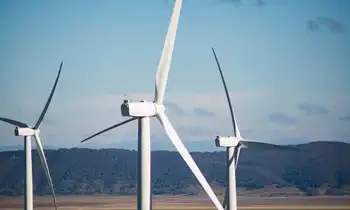Appalachian Power plans upgrades to Cabell power grid
By Appalachian Power
Protective Relay Training - Basic
Our customized live online or in‑person group training can be delivered to your staff at your location.

- Live Online
- 12 hours Instructor-led
- Group Training Available
Appalachian Power identified the need to upgrade its network in 2014 when extreme winter weather temperatures and electric power demand tested local reliability.
“We have a responsibility to our customers to provide reliable electric service at affordable prices,” said Steven Stewart, external affairs director for Appalachian Power. “The proposed project will reduce the likelihood of power outages to customers by establishing a more modern and robust transmission grid.”
The new transmission line originates from an existing Appalachian Power transmission line just south of Culloden. The line runs southwest through Cabell County, crossing Charleys Creek and Little Twomile Creek roads. The line will end at the proposed substation located east of E. Mud River Road.
The company plans to build the 138 kilovolt kV double-circuit transmission line with lattice towers. Typical right-of-way for these structures is 100 feet wide.
“We plan to work closely with landowners in the routing process in order to help minimize impacts to the community and the environment,” Stewart said.
Construction is expected to start fall 2016 and be completed by the end of 2017.
Additional information about the project, including maps, structure photos and a timeline, can be found at http://www.aeptransmission.com/westvirginia/SECabell/.
Appalachian Power has onr million customers in Virginia, West Virginia and Tennessee as AEP Appalachian Power. It is a unit of American Electric Power, one of the largest electric utilities in the United States, delivering electricity to more than five million customers in 11 states.











